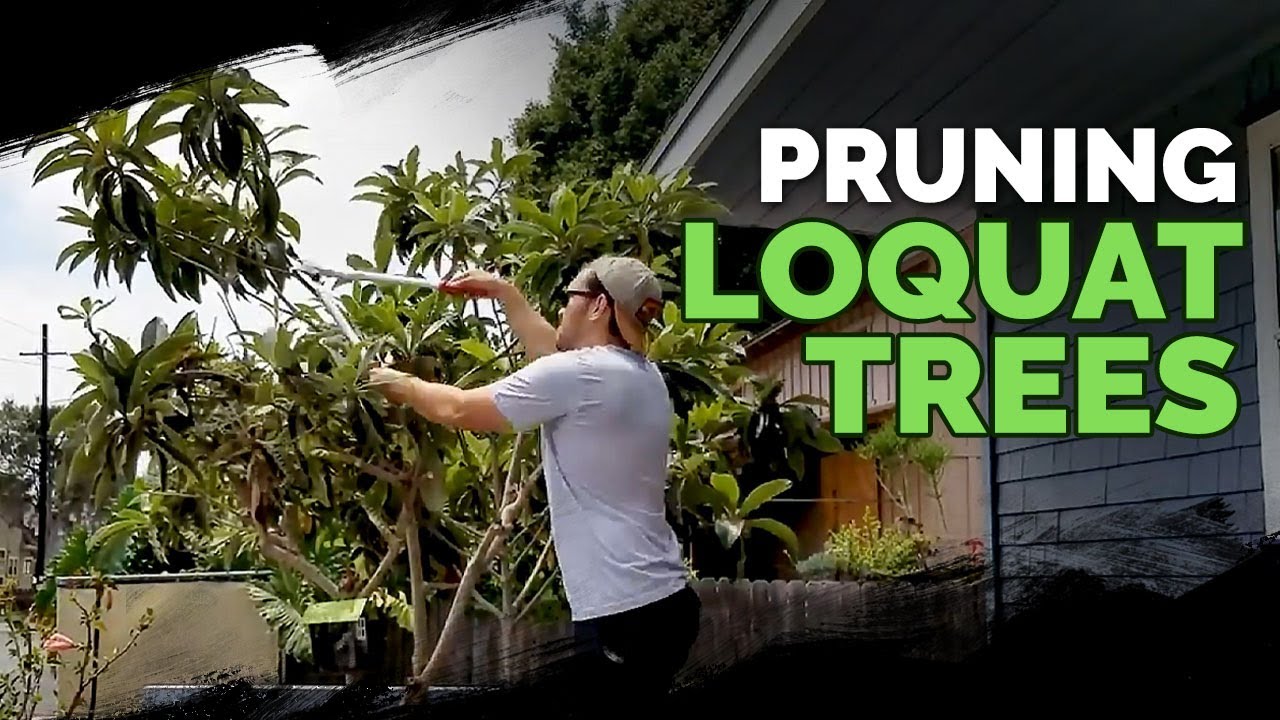Loquat trees are prized for their tropical-tasting, apricot-like fruits. But without proper pruning, loquat trees can become an unruly mess. Learning correct trimming techniques keeps loquat trees shapely and productive. Follow this simple guide for successfully trimming your loquat for best results.
Why Trimming is Important
Trimming a loquat tree:
-
Removes dead, damaged and crossing branches.
-
Thins the canopy to improve air circulation and light penetration
-
Directs energy toward developing fruits rather than unnecessary growth.
-
Maintains an ideal tree shape and size.
-
Rejuvenates old trees and stimulates new fruiting wood.
When to Trim a Loquat Tree
For fruit production:
- Trim in early spring before the tree leafs out. This allows maximum recovery time before the loquat fruits.
For maintenance:
- Trim as needed during spring and summer. Avoid trimming in fall and winter when frost risks are higher.
Helpful Tools to Have
- Bypass pruners for small branches
- Loppers for thicker branches
- Pruning saw for old wood
- Disinfectant spray or wipes
How to Trim a Loquat Tree Step-By-Step
Follow these tips when trimming a loquat:
Remove Dead, Diseased, or Broken Branches
-
Examine the tree and cut out all dead, damaged or diseased wood first.
-
Make clean cuts just outside the branch collar.
-
Disinfect tools before moving to healthy areas
Thin Out Congested Areas
-
Identify areas with too many crowded crossing branches
-
Selectively remove branches to improve light and air penetration.
-
Leave 4-6″ between remaining branches.
Cut Back Overgrown Branches
-
Shorten any branches that are growing out of bounds.
-
Cut back to just above an outward facing bud or stem.
Remove Water Sprouts
-
Water sprouts are fast growing vertical shoots that sap energy.
-
Prune water sprouts entirely back to the branch or trunk.
Shape and Contain Growth
-
Identify 3-5 main scaffold branches and shorten any side shoots.
-
Remove inward growing shoots and branches.
-
Cut back the tops of tall branches extending beyond the canopy.
Aftercare
-
Disinfect tools after trimming to prevent disease spread.
-
Water well after major pruning to aid recovery.
-
Stake branches of heavily trimmed trees for support.
-
Monitor for sunburn on newly exposed areas.
Signs Your Loquat Needs Trimming
- Overcrowded, congested interior
- Leggy growth
- Dead wood accumulating
- Crossing branches rubbing
- Declining fruit production
Trimming a loquat regularly removes unhealthy wood, shapes growth, and allows sunlight and air to penetrate the canopy. Follow proper technique and timing when trimming loquats for a healthy, fruitful tree.
How to Prune a Loquat Tree + Fall 2018 Garden Plans
FAQ
How long does it take a loquat tree to produce fruit?
What is the lifespan of a loquat tree?
- The Ultimate Guide to Growing Strawberries in Raised Beds - August 8, 2025
- No-Dig Garden Beds: The Easiest Way to Grow a Beautiful Garden - August 6, 2025
- How to Protect and Preserve Wood for Raised Garden Beds - August 6, 2025

